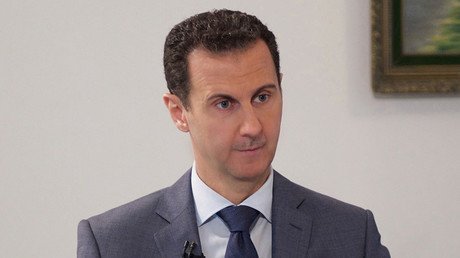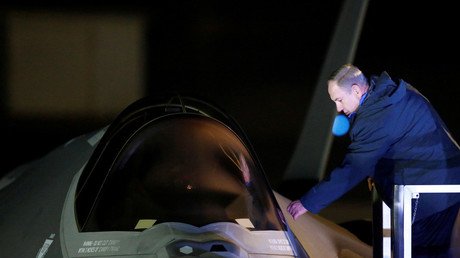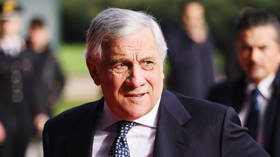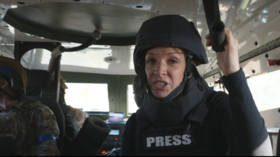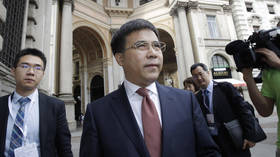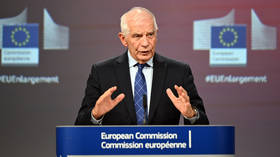NATO-Russia war billed as top risk for US in 2017, alongside terrorism – CFR survey
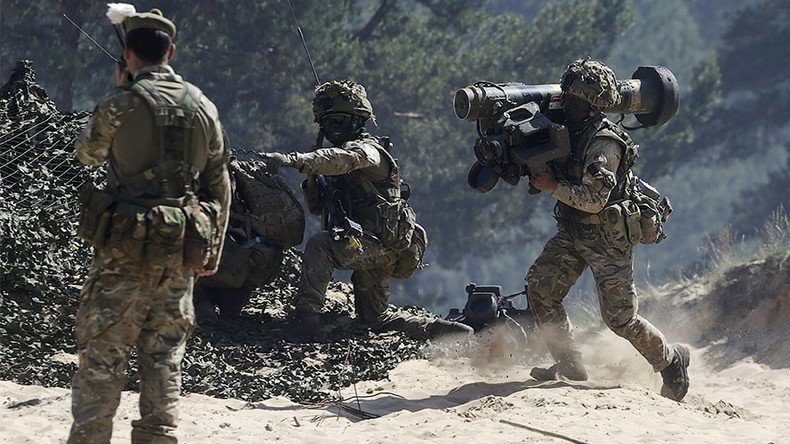
A NATO-Russia confrontation has been deemed a top risk by a Council on Foreign Relations (CFR) survey, conducted by foreign policy experts. This placed it alongside the risk of a nuclear crisis with North Korea and a severe terrorist attack on the US.
The likelihoods for all major American fears coming true were split into two groups – those with a moderate likelihood of happening, but causing a high impact; and those with a high likelihood of happening, but causing a moderate impact.
This year was different, however. Despite tempers flaring and tensions boiling over, the experts didn’t feel there was anything to warrant their attention that would carry both – a high likelihood of happening, and a high risk of a severe impact at the same time. This was the opposite of last year, when the Syrian civil war was projected to intensify even further.
Nonetheless, the CFR’s Center for Preventive Action (CPA), which conducted the survey, believes that if any escalation – intended or accidental – takes place alongside Russia-NATO borders, it will stem “from assertive Russian behavior in Eastern Europe” – and not any sort of provocation by Baltic NATO members, whether it be renewed force buildups or mass-scale military exercises.
The potentiality of a North Korea crisis is thought to be exacerbated by an escalation in intercontinental ballistic missile (ICBM) testing by Pyongyang, as well as a risk of internal conflict. Alongside Russia and North Korea, in the moderately-likely-but-highly-impactful category, the experts placed a mass-casualty terrorist attack on the United States or an ally (by both foreign and domestic terrorists) and a crippling cyberattack.
In what could be considered a glimmer of hope, the potential for four disasters – aside from an escalation in Syria – has been downgraded from the 2016 survey. These are: instability in the EU due to the refugee crisis; the breakup of Iraq, owing to sectarian violence and terrorism; a rise in Israeli-Palestinian tensions; and Libya no longer being a country.
The same could not be said for risks associated with ongoing conflicts in Afghanistan, where the Taliban insurgents now control a third of the country; and the Turkish-Kurdish fight, which continues to be a cross-border conflict. Both possibilities have been projected to have a moderate impact on US interests, yet almost certainly likely to take place.
“With a new presidential administration assuming office, it is important to help policymakers anticipate and avert potential crises that could arise and threaten US interests,” said the General John W. Vessey senior fellow for conflict prevention and CPA director, Paul B Stares. “Our annual survey aims to highlight the most likely sources of instability and conflict around the world so that the government can prioritize its efforts appropriately.”
Meanwhile, the downgrading of Syria to something that could only carry a moderate impact on security seems like a welcome addition, despite conflicting approaches to solving the crisis. Aleppo has all but been liberated, as citizens begin to once again settle homes in the eastern parts, and a much-sought crumbling of terrorist influence in the country could finally be a reality.
